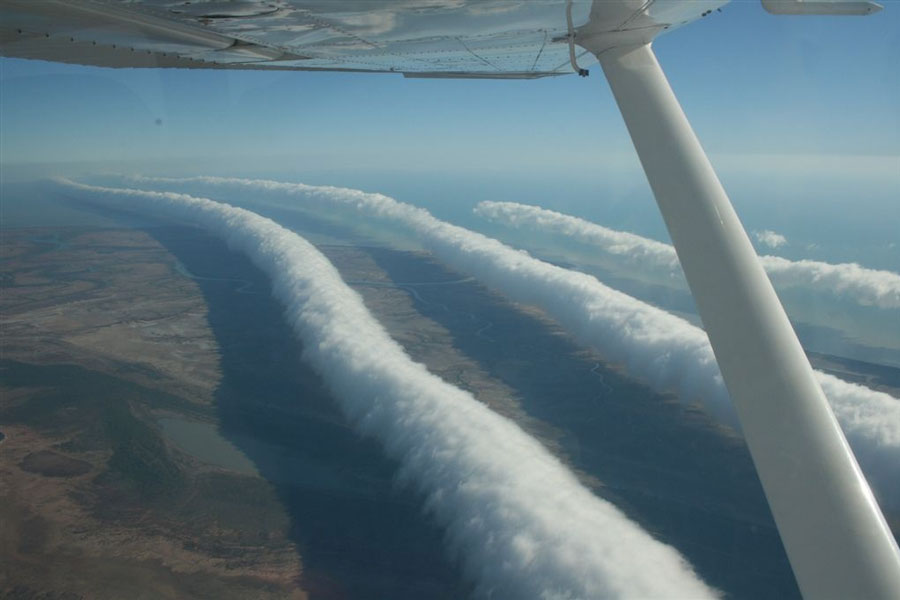Re: Budd Davisson quip about Taylorcrafts at Oshkosh
Hi guys, In responce to the Tcraft "float". I have entered Spot Landing contests at fly in's and lost everytime. I slip as much as possible until about 10' up and then straighten it out and everything works out. Usually....
Hi guys, In responce to the Tcraft "float". I have entered Spot Landing contests at fly in's and lost everytime. I slip as much as possible until about 10' up and then straighten it out and everything works out. Usually....
 (Oh, for us males I should have said!)
(Oh, for us males I should have said!)


Comment